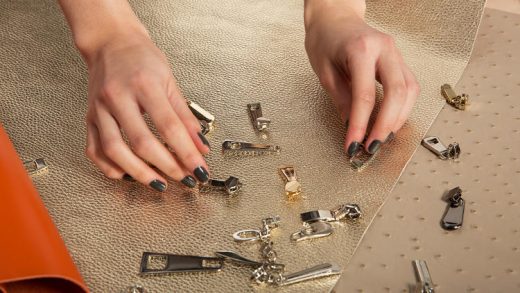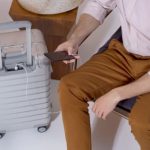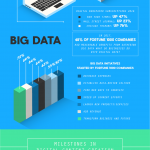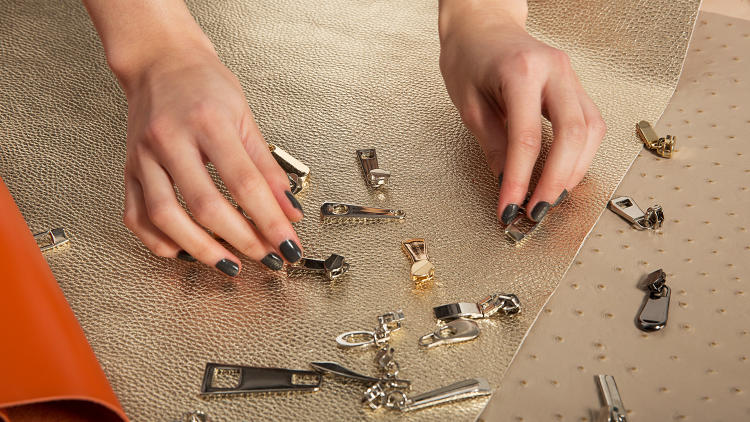The Build-Your-Own-Handbag Startup That’s Perfected Mass Customization
If you pop into Bloomingdale’s in New York in search of a new handbag, you might notice that, next to the Rebecca Minkoff, Marc Jacobs, and Salvatore Ferragamo displays, there’s a new brand called Mon Purse.
Unlike other handbag brands that rely on the expertise of a designer to construct fashionable products each season, Mon Purse puts the control entirely in the customer’s hands. Founded by Australian entrepreneur Lana Hopkins in 2014, Mon Purse invites customers to design every part of a handbag from scratch using a 3D bag maker on the brand’s website or on a screen in a department store. Once you decide on a silhouette—say, a tote or a clutch—you can pick the color and texture of leather, the hardware, and what to monogram on the side. The final product then gets delivered to you within a month.
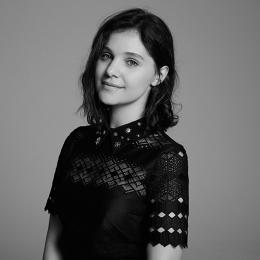
The concept of bespoke handbags is nothing new, but until now it usually meant going to a high-end store and working with a craftsman. The whole endeavor could cost thousands of dollars. Another startup, 1Atelier, has modernized the process with a digital interface, but the brand’s bespoke bags target the luxury consumer who spends an average of $1,200 on a handbag. With the clever use of technology and a reimagined supply chain, Mon Purse has not only been able to achieve customization at scale, it has done so in a way that makes these products more affordable: You can get a wristlet for $65 and a satchel for $480, all designed to your exact specifications.
Mon Purse’s business model has been wildly popular since the brand’s debut. The company says that business has grown 8,000% over the last two years, exceeding $10 million in sales in 2016, and is on track to hit $20 million this year. I sat down with Hopkins to discuss why she thinks customers are so attracted to customized products, and how she used technology to make her business model a reality.
What made you decide to launch Mon Purse?
Lana Hopkins: I launched Mon Purse because I was trying to solve a personal problem. I was running around Bondi, an area in Sydney, looking for the perfect handbag. I just couldn’t find what I was looking for. I love gold hardware, but all the bags that caught my eye had silver hardware. Whenever I found something that came close, there would always be one or two things about it that I wanted to tweak. And I thought, if I’m going to make a big investment in a bag, I’d rather get something that I really want, not something that is second-best.
I was really disappointed walking out of the Westfield department store, but as I was leaving the building, I stumbled upon the Build-a-Bear Workshop. On a whim, I spent an hour building a tiny teddy bear from scratch. I picked out his little body, then chose a beautiful pair of eyes and a nose. I watched him come to life. As I walked back to my car, I couldn’t believe that I felt excited about this bear I had just built. I mean, come on, I’m a 30-year-old woman.
But what it came down to was that the process of creating cultivated in me an emotional connection with the object because I was putting my energy and my heart into something. That was the moment I decided to create a platform that would allow women to build their perfect bag from the ground up.
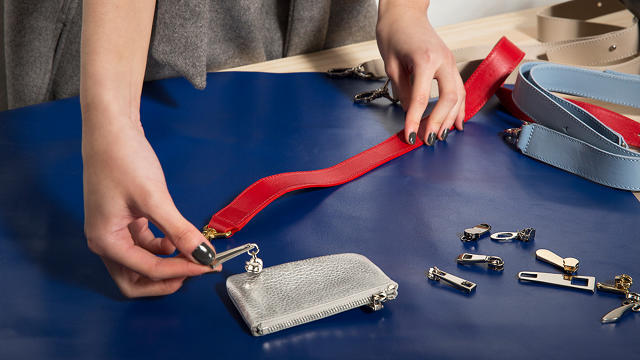
So you think the power of customization has to do with the fact that the customer feels a bond with the product they make?
Yes. I think it’s true with almost any product the customer co-creates. Just before I started Mon Purse, my husband designed a pair of Nike shoes through the Nike ID program. He’s absolutely in love with them and refuses to stop wearing them. They’re his favorite pair of shoes because he feels like he has some deep connection to them.
When a customer has the opportunity to design her own handbag, in the case of Mon Purse, she’s making a conscious effort to create a unique product that reflects her personal style and psychology. That’s an investment in self-expression and time, which increases her bond with it. I’ve found that the intensity of a customer’s emotional connection with a product correlates to her willingness to purchase it. And customers tend to feel great about a purchase they had agency in creating.
This seems to be part of a broader trend of customers caring less about carrying designer labels. They’re more interested in ensuring that products reflect their own personal style.
Yes, we’ve definitely noticed the same thing. When you go into a department store and scan the aisles, over the last couple of years the size of logos has started to shrink. There’s also a trend of some brands going entirely logoless. Take Victoria Beckham’s brand, for instance, which is designed by Victoria herself. Even she has decided to forgo putting her name on her products.
But designing a bag from a blank slate can be intimidating. How do you ensure that your customers don’t feel totally lost in the design process?
That’s right; most women are not fashion designers. They haven’t gone to art school and learned the principles of bag construction. But they know something beautiful when they see it.
The first day, when we uploaded all of the possible combinations, there were thousands of different leathers and structural options. My computer crashed. I thought, if my computer can’t sustain that, people’s brains certainly won’t be able to, either. The solution was simplifying. We invested a lot of time in user testing to understand exactly what our customers wanted.
Women don’t want to be overwhelmed by too many options. Our customer does not want hundreds of thousands of different colors and textures to choose from. They want to pick from a couple of summer and winter colors. We’ve also created some classic bag designs as a starting point for the customer. We’ve hired a very talented designer who used to work for Tom Ford and Chloe because we appreciate that it’s important for us to define our design language. We need to have a clear aesthetic and offer a fashionable product. For us, the look is about minimalism. This simplicity makes sense when it comes to the core model, because the customer will be adding all the bells and whistles they want on top of it.
We’ve also built an algorithm that allows you to protect yourself from yourself, so to speak. Our designer lays out some basic principles about what colors do and don’t go well together. So for instance, we would never want you to have a handbag that has an ostrich front, a leopard-print handle, and a bright yellow grainy side.
None of this is to say that we’re imposing limitations on the customer. We started with 17 million possible combinations, and now we have 6 billion, and that’s just the beginning. But the way you communicate something visually and the way you structure your user experience should be as straightforward and intuitive as possible. The customer should leave feeling that she created exactly the product that she wants, something that is very much in fashion, but that also reflects her style perfectly.
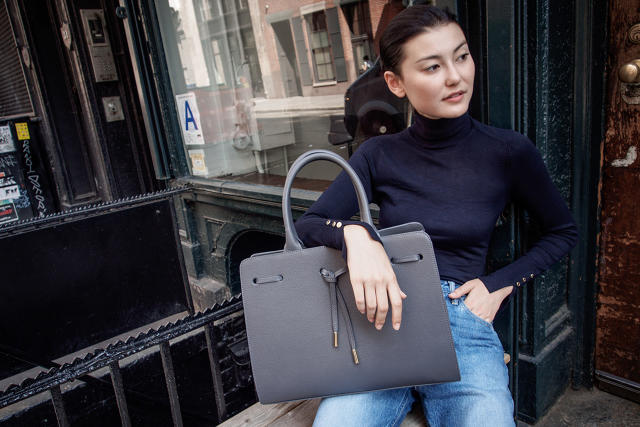
How do you make all this work from a supply-chain perspective? How do you get a product to your customer in four weeks?
We built a proprietary supply chain. In a traditional supply chain, the goal is to make a thousand of the same bag, whereas we’re making a thousand bags a week that are each entirely different.
When I first started, I went to thousands of factories in Europe, and I finally found one in Turkey that was perfect. Initially, we were just working with the sampling room to test out the business model. The way sampling rooms work is that you create a custom sample one at a time, then those samples get passed on to the general production department where thousands of products will get made.
So what we did was we took the sampling department model and injected capital and infrastructure into it. We now own several factories in Turkey. We’re continuously refining how to increase the speed without compromising the quality of the product. This process is thoroughly data-driven. We now have enough information for us to know that black is our top seller, so we will always have a certain amount of black leather on hand. But at the same time, our business is all about being as lean as possible and producing on-demand because we don’t know exactly what people are going to ask for.
You’re now available at Bloomingdale’s. Why did you decide to go into department stores, rather than staying as a direct-to-consumer brand?
For us, partnering with the top department stores in the world—Bloomingdale’s in the U.S., Selfridges in London, and Myer here in Australia—is actually a marketing and branding opportunity. This was the key to us scaling quickly. It allowed us to infiltrate local markets because we’re found in stores that have already built decades of trust with customers.
And in terms of the store itself, we realize that not everybody wants to design a bag while they are out shopping. Some people want to check out the products, take a look at the sizes and shapes, and smell the leather. The point is that before they leave the store, we’ve created a proposition for them. They’ve seen everything they need to go home, make a cup of hot chocolate, and take the time to design their dream bag.
So you don’t think that brick and mortar is dead?
No, it most certainly isn’t. People are always going to need human interaction. The brick-and-mortar store is about injecting magic into people’s experiences with the brand. We’ve found that whenever we show up in a department store in a particular city, our online sales from people in that city grow as well. The two things go hand-in-hand.
Mon Purse customers design every aspect of their handbag, from the shape and type of leather to hardware and monogram options.

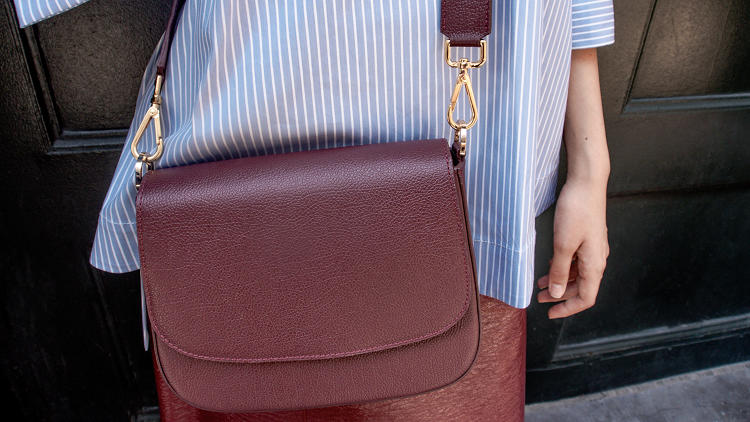

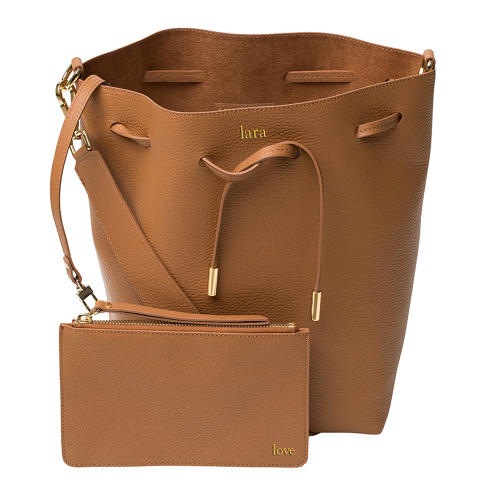
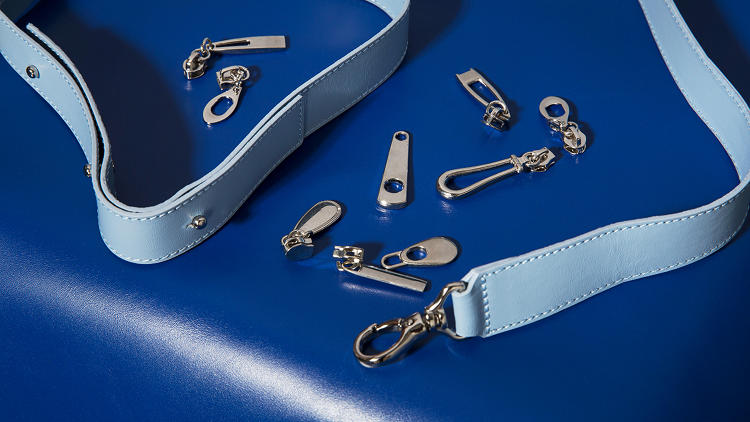
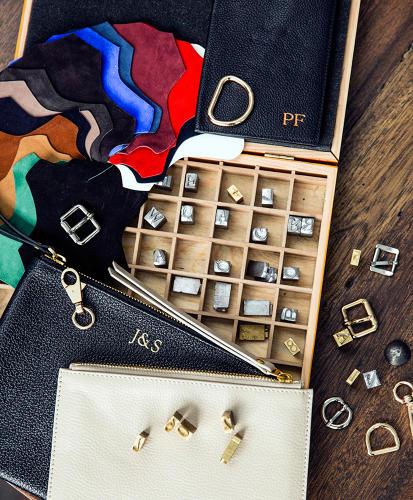


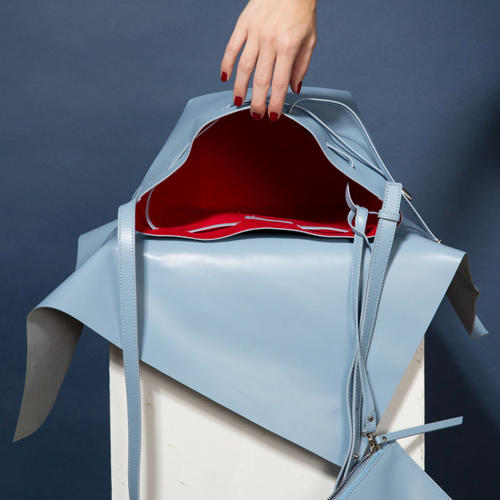


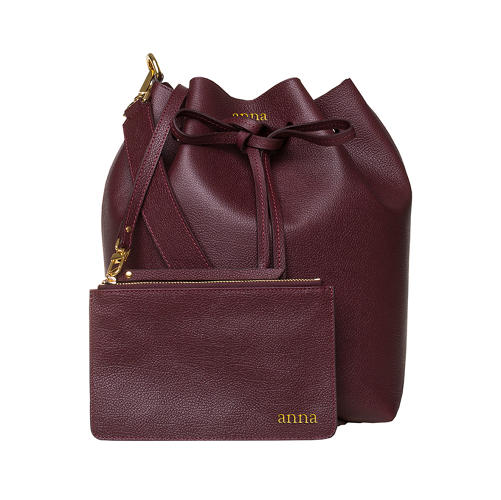
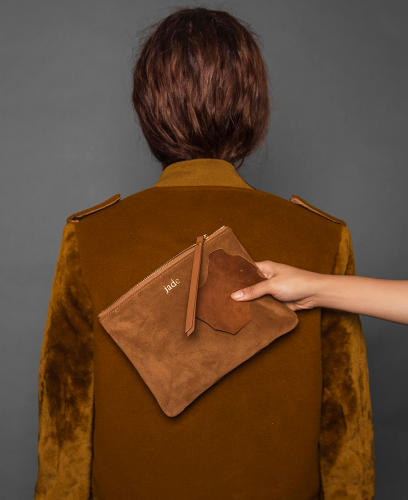
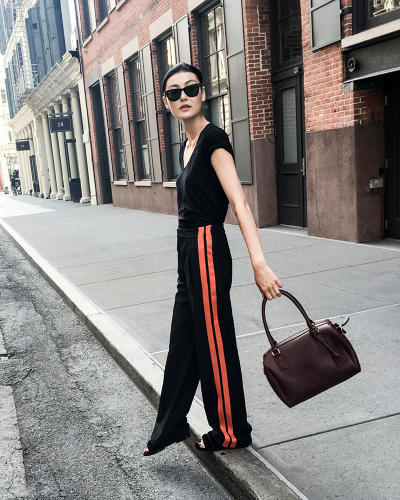
Fast Company , Read Full Story
(21)

